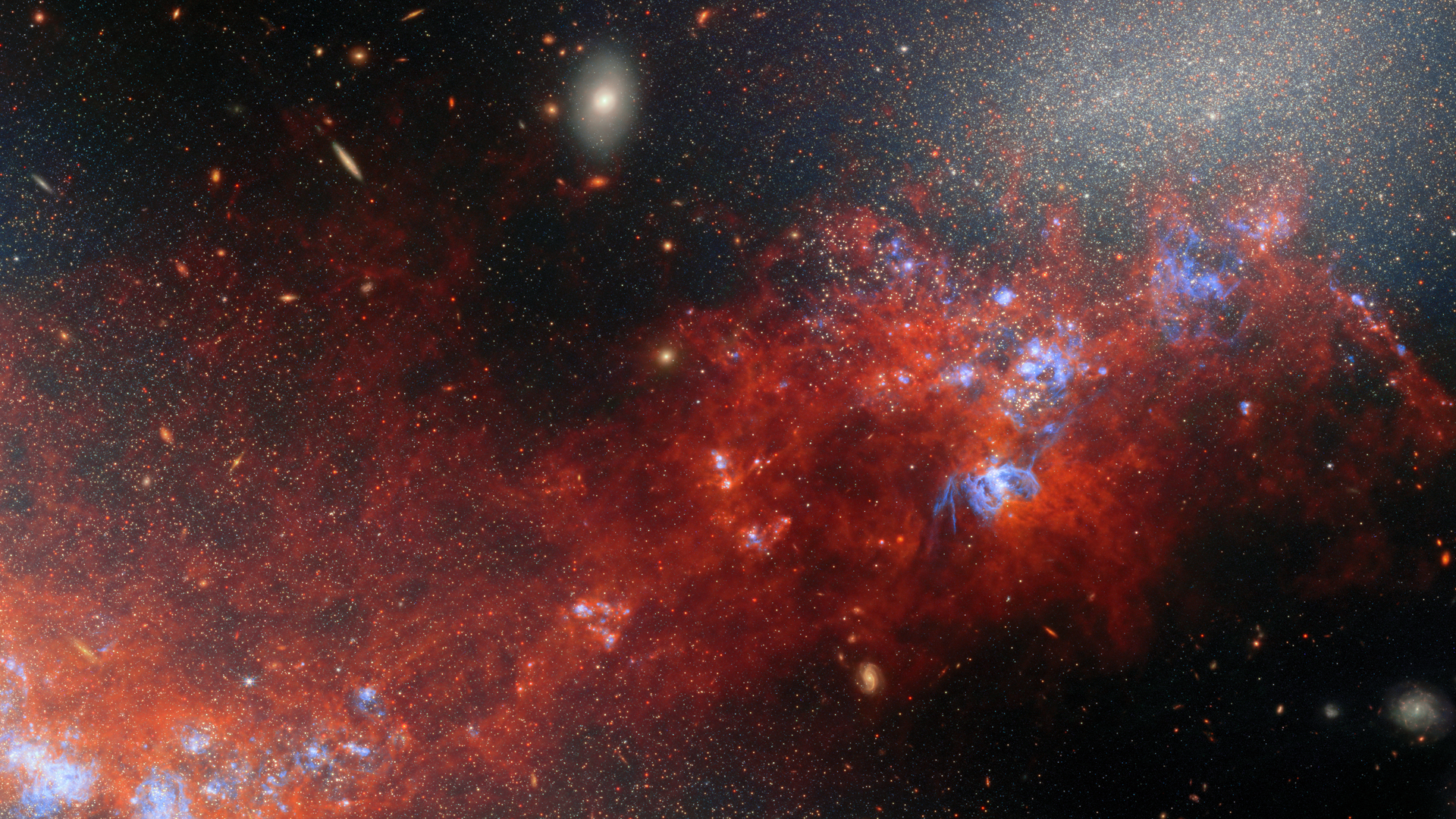Lowest Radar Echo Detected from Moon
A team ofscientists has detected the lowest frequency radar echo off the moon everpicked up by Earth-based receivers, it was announced today.
In thelunar echo experiment, high-power radio waves were sent toward the moon with atransmitter in Alaska. The reflected signals, weakened by the long journey tothe moonand back, were detected 2.4 seconds later by receiving antennas in New Mexico.
Thetransmitter sent out two-second pulses every five seconds over a period of twohours each day of the two-day study period (Oct. 28 to 29, 2007), one hour foreach frequency at which it operated.
The echo signalsat 7.4075 megahertz, made by the pulse bouncing off the moon, are believed tobe the lowest frequency (or longest wavelength) at which these radarmeasurements have been conducted.
This radarexperiment, and others such as NASA's Clementinemission that looked for ice at the lunar poles, work similarly to sonarexperiments over the ocean, telling scientists more about the moon's structure.
"Analysisof the echo gives information on the properties of the sub-surfacetopography, because the low-frequency radar waves propagate to varyingdepths below the visible surface of the moon," said Naval Research Laboratoryconsultant scientist Paul Rodriguez.
- Virtual Space Tour
- Images: Walking on the Moon in 3D
- Top 10 Cool Moon Facts
Breaking space news, the latest updates on rocket launches, skywatching events and more!

Space.com is the premier source of space exploration, innovation and astronomy news, chronicling (and celebrating) humanity's ongoing expansion across the final frontier. Originally founded in 1999, Space.com is, and always has been, the passion of writers and editors who are space fans and also trained journalists. Our current news team consists of Editor-in-Chief Tariq Malik; Editor Hanneke Weitering, Senior Space Writer Mike Wall; Senior Writer Meghan Bartels; Senior Writer Chelsea Gohd, Senior Writer Tereza Pultarova and Staff Writer Alexander Cox, focusing on e-commerce. Senior Producer Steve Spaleta oversees our space videos, with Diana Whitcroft as our Social Media Editor.
